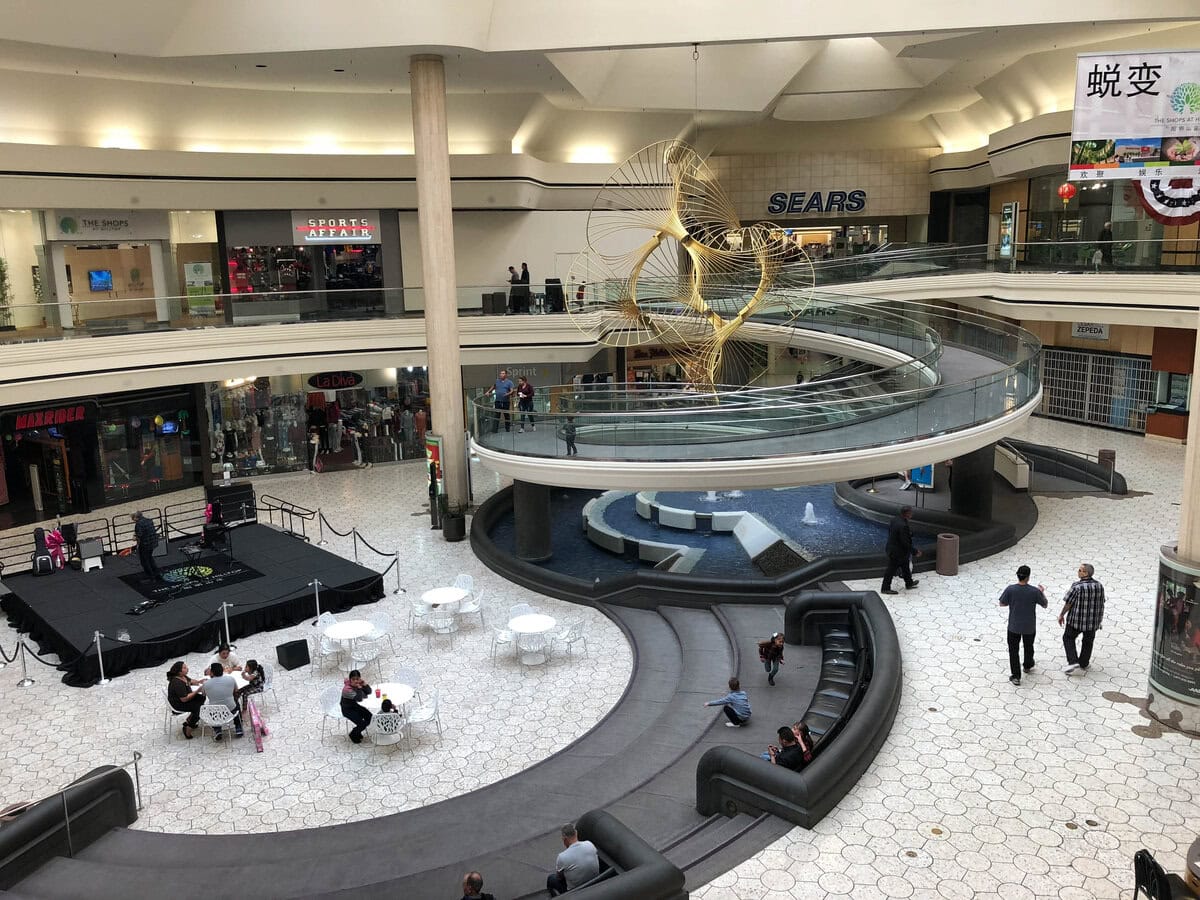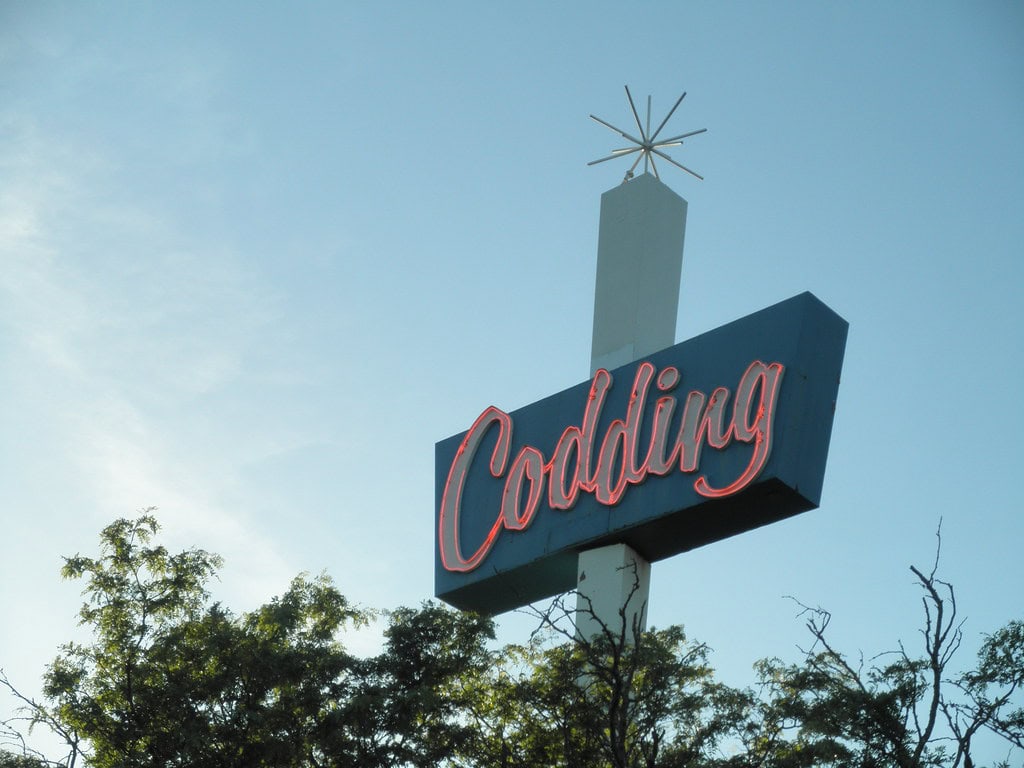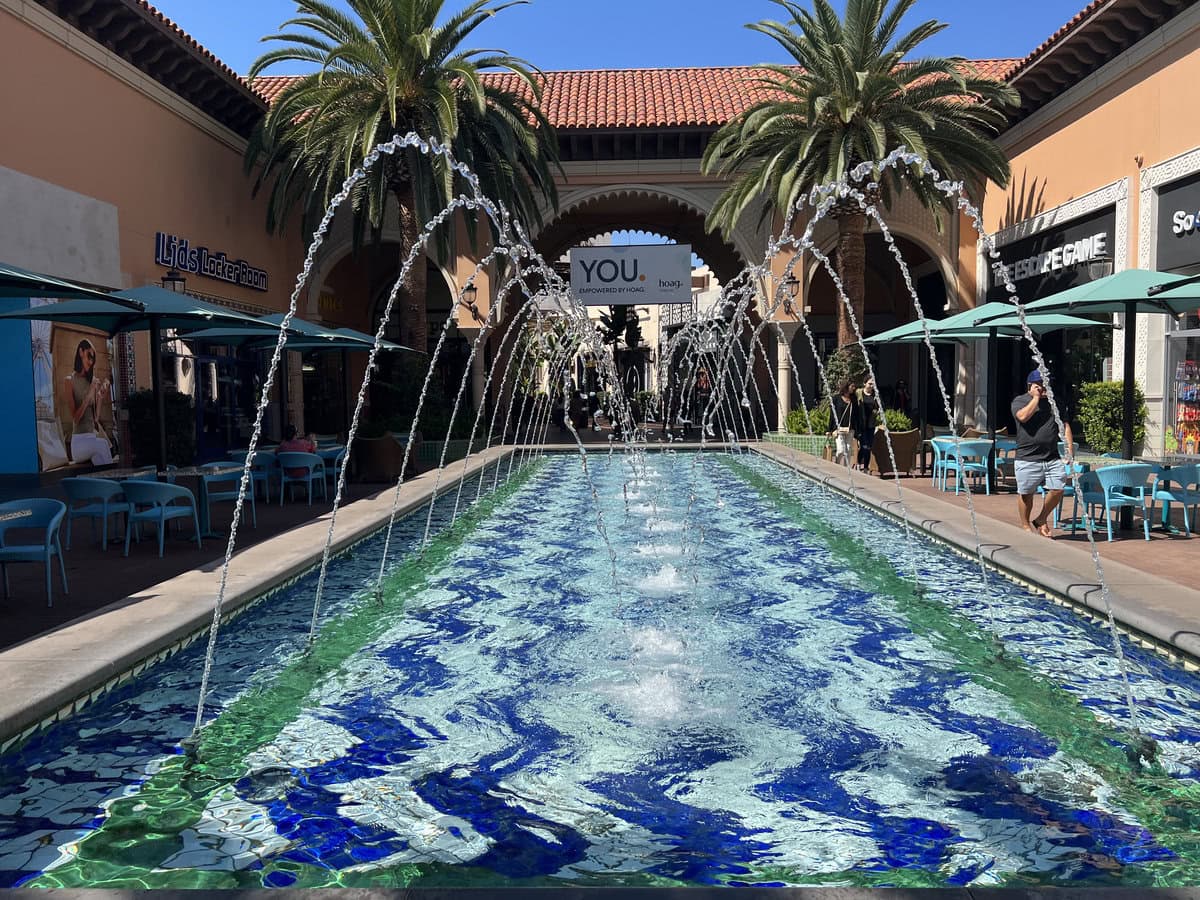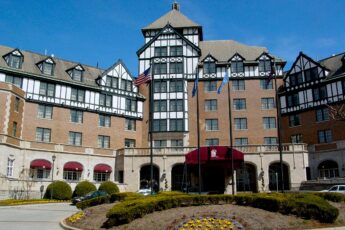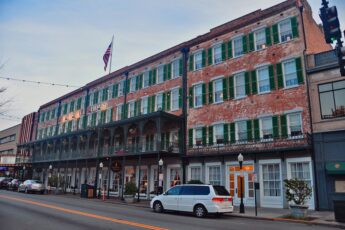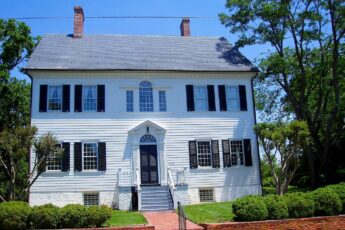The Strentzel Legacy and the Birth of a Mansion in Alhambra Valley
The John Muir House in Martinez, California, was not always the home of the country's most famous nature lover.
It started as the dream of Dr. John Theophile Strentzel, a Polish immigrant who wanted to crown his large fruit ranch in Alhambra Valley with a grand house.
Built between 1882 and 1883 for over $20,000, the 17-room Italian-style mansion reflected his success and passion for growing plants.
Wolfe & Son of San Francisco designed it, and builders Sylvester and Langabee raised its redwood walls on a hill overlooking the orchards and hills of Contra Costa County.
Dr. Strentzel was more than a hobby farmer.
Called the "father of California horticulture," he grew over seventy thousand fruit trees on his 2,600-acre ranch, producing peaches, pears, figs, and California's first raisins.
His house reflected his eye for detail and sense of style: light gray walls with red trim, unique woodwork at the corners, and a small tower on the roof that added both decoration and ventilation.
A local paper at the time called it "the finest and most complete private residence in the county."
Inside, the rooms were spacious and bright. Twelve-foot ceilings stood over elegant sitting rooms, and a glass-walled plant room extended from the dining area.
Seven Italian marble fireplaces warmed the halls. In the 1880s, the house was modern, with gas lights, indoor bathrooms, and even a telephone by 1884.
Redwood water tanks in the attic collected rain and well water, with extra water draining into a brick tank under the kitchen. Before electricity, the house was a smart example of Victorian engineering.
The Muirs Move In and the Orchard Turns to Ideas
After Dr. Strentzel died in 1890, his daughter, Louisa, and her husband, John Muir, moved into the large house with Louisa's mother.
Muir had married Louisa ten years before and spent much of that time managing the ranch, caring for the trees, and keeping track of the harvest instead of exploring the mountains.
He did not enjoy business, but the ranch's success allowed him to return to writing and exploring once he settled into his father-in-law's mansion.
In that house, Muir created his "scribble den," a study with a marble fireplace and a view of the valley that had once kept him busy with farm work and now inspired his writing.
From this room, he wrote nearly three hundred articles and twelve books that helped shape the American conservation movement.
He also co-founded the Sierra Club there in 1892, two years after moving in, and served as its first president until he died in 1914.
Life in the big house was a blend of daily chores and deep thought. Louisa managed the finances and correspondence, sending checks to cover her husband's hotel stays when he traveled.
Their daughters, Wanda and Helen, practiced piano in a quiet music room Muir built behind the house, just below the large steel water tank he installed to improve the plumbing.
The girls' names live on in the nearby hills, Mount Wanda and Mount Helen, where they often walked with their father among wildflowers and oaks.
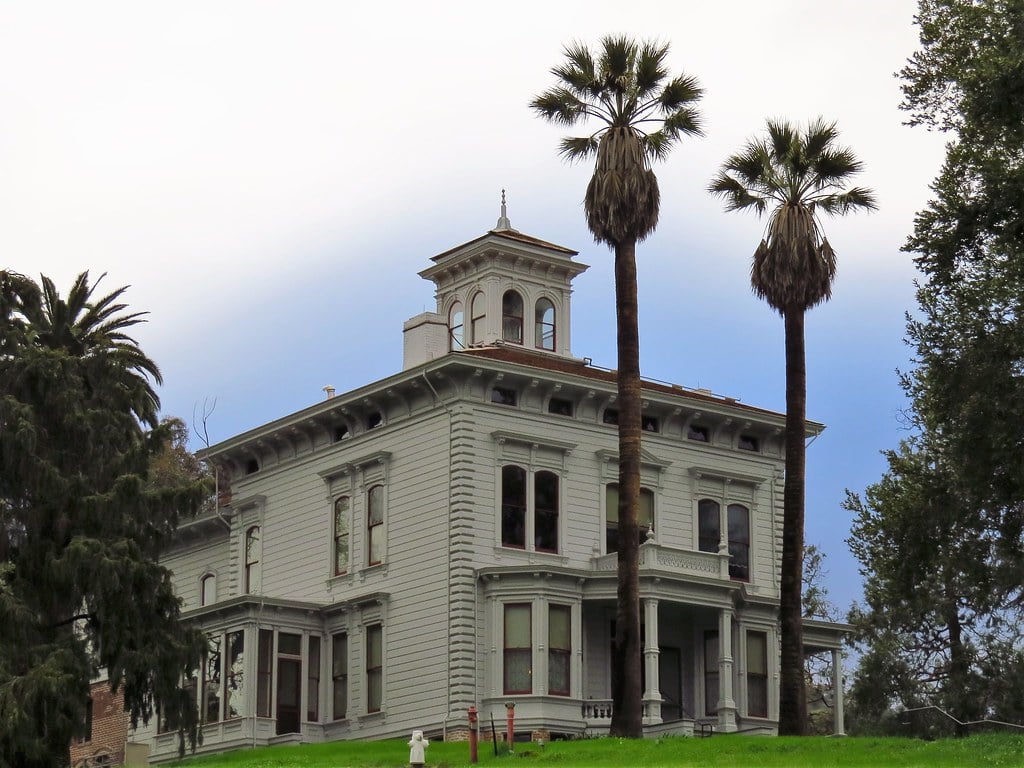
The Earthquake Years and the House that Bent but Did Not Break
The 1906 San Francisco earthquake hit the mansion hard. Marble fireplaces were cracked, plaster was split, and one bathroom was removed after the damage.
Muir took the opportunity to make practical and personal changes. He replaced the family parlor's fireplace with a simple brick one and added a piece of petrified wood to the fireplace in his bedroom.
Only three of the original seven marble fireplaces survived.
He also removed walls to make the parlors larger and the hallways brighter. These changes were not about keeping everything old for tradition's sake, but about making the house more useful.
The grand Victorian home became more personal, shaped by his own work and habits.
Still, the shock of the earthquake reminded Muir of another loss yet to come: the damming of Hetch Hetchy Valley in the early 1910s, which hurt him far more than any damage to the house.
When he died of pneumonia in 1914, the house held the memory of a man whose passion changed how the nation viewed the wild.
Decline, Neglect, and a Pair of Determined Saviors
After Muir died, his daughters inherited the estate but could not manage such a large property.
By 1930, they sold the last acres and the mansion to Roderick Kreiss and his sister, Barbara Schulz. Over the next twenty-five years, the house fell into disrepair.
Vandals broke windows, bats filled the cupola, and homeless people lit fires on the parlor floor. By 1952, some locals wanted to tear down the "Muir Manor" to build new homes.
In 1955, a retired couple from Martinez, Henry and Faire Sax, stepped in to help. They bought the rundown mansion and five acres, determined to save it from demolition.
Faire, a teacher who enjoyed telling stories, led tours in Victorian clothes while Henry repaired walls and replaced wood.
They found owls in the rafters and broken stones in the orchard, but also discovered a new purpose. Their efforts to restore the house inspired neighbors and historians to support the site.
The Saxes teamed up with the new John Muir Memorial Association, which aimed to have the government protect both the mansion and Muir's nearby gravesite.
Their dedication caught the attention of leaders in Washington. In 1964, President Lyndon B. Johnson signed the law that created the John Muir National Historic Site.
The Saxes sold the property to the National Park Service for $200,000, ensuring it would be preserved as a public memorial to Muir's life and work.

From Private Home to National Shrine of Conservation
After the government took ownership, the house was carefully restored using detailed drawings from 1960.
The National Park Service wanted to return it to its late 1800s appearance while making it easy for visitors to learn about its history.
The original gray-and-red exterior was repainted, period furniture was brought in, and Muir's "scribble den" was restored with care.
Today, visitors walk through rooms that reflect his world: the parlor with its simple fireplace, the bright dining room with a glass-walled plant area, and the study where the conservation movement began.
The historic site grew to include more than just the house. The nearby Vicente Martinez Adobe, built in 1849 and later used by Dr. Strentzel as the ranch manager's home, became part of the property.
In 1988, Mount Wanda, a 325-acre protected area named for Muir's oldest daughter, was added, preserving the hills where Muir once walked with his children.
The John Muir Land Trust helped protect it from development in the early 1990s, continuing the work of caring for the land that Muir began a century earlier.
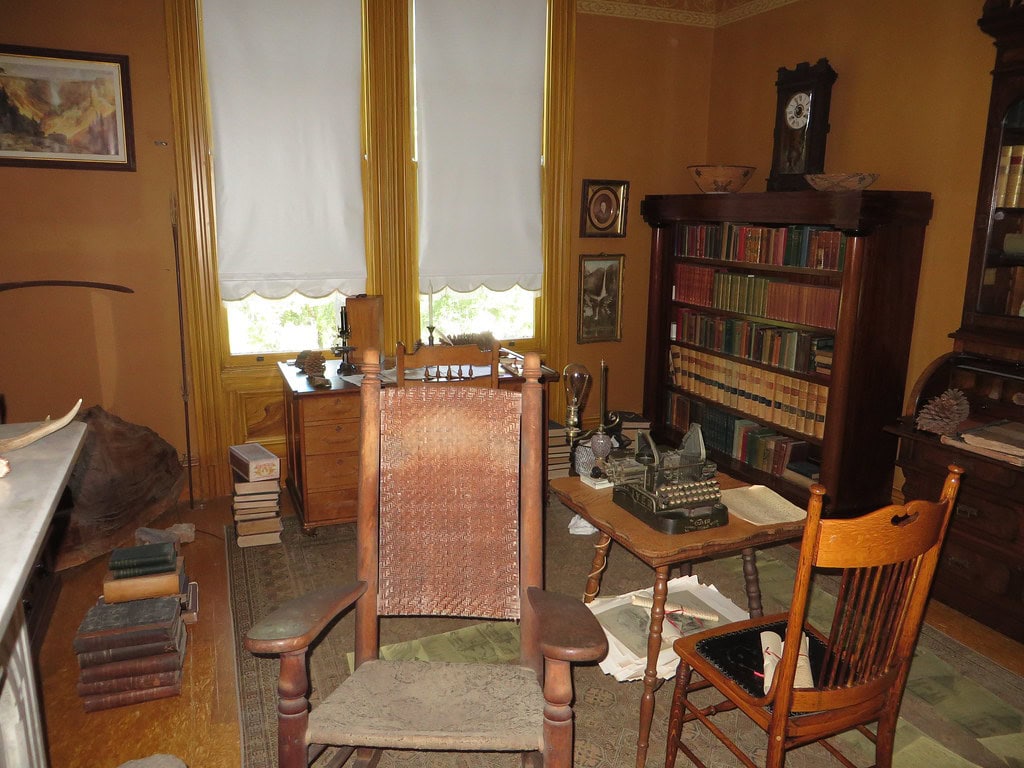
The House Today: A Living Monument to a Restless Mind
Today, the John Muir National Historic Site covers 345 acres of orchards, oak woodlands, and grasslands.
The house is still the main attraction, open to visitors from Tuesday to Saturday and closing at 4:30 in the afternoon, just as the valley light turns gold.
The Martinez Adobe is temporarily closed for repairs, but the mansion is still busy with tours, school groups, and the occasional bird that flies in through an open window.
The National Park Service cares for the property as both a museum and a place for reflection. It is not a grand European estate or a solemn shrine.
Instead, it feels lived-in, as if Muir might walk out of his study at any moment, dust motes swirling behind him.
Most of the orchards are gone, but the view is still much the same, letting visitors picture the naturalist at his desk, writing about glaciers or redwoods, still working to protect a fragile world.
The house remains a paradox: a Victorian symbol of comfort built by a man who found his greatest peace in the wild.
Yet without this house, much of that wilderness might not have been saved. The John Muir House stands today as more than a reminder of his words.
It shows that even a mansion can support a bold idea: that home and nature, civilization and wildness, do not have to be at odds.



